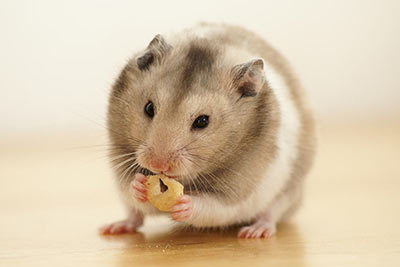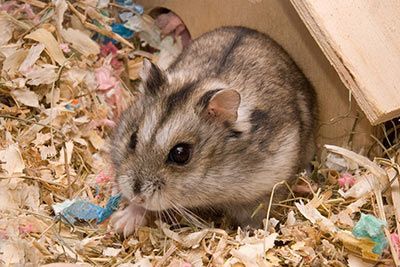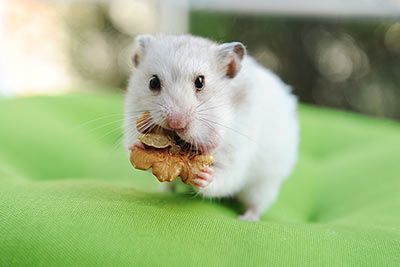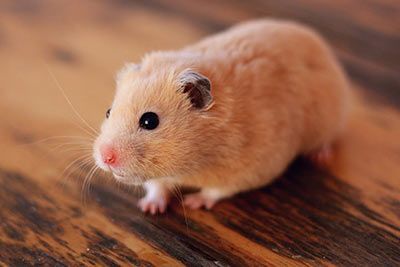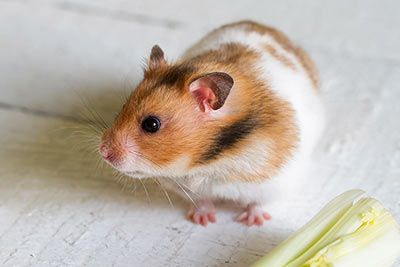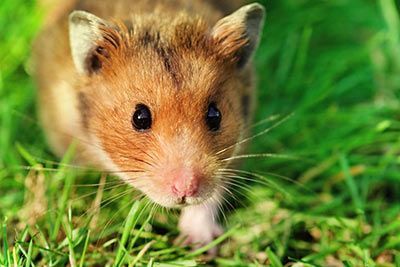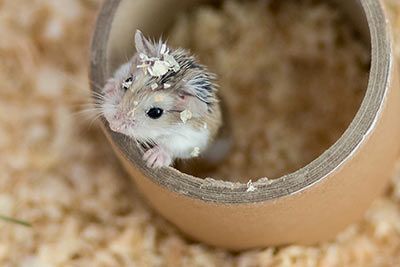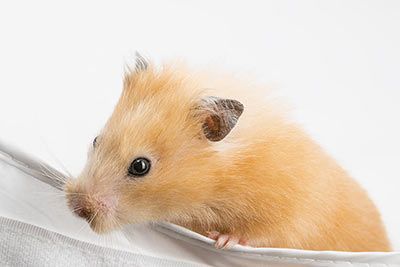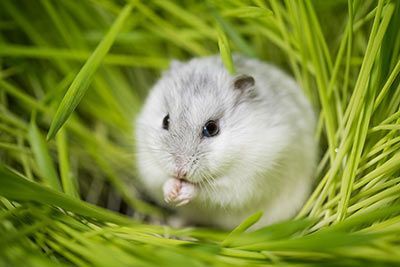Dominant Spot Syrian Hamster
Dominant Spot Syrian Hamster Breed Profile
| Origin | Syria, Turkey |
| Genus | Mesocricetus |
| Scientific name | Mesocricetus auratus |
| Size | 4.8 to 6.2 inches (12-16 cm) |
| Color | Numerous colors; always with colored splodges |
| Lifespan | 1.5 to 2 years |
| Personality | A little nervous and jumpy |
| How to keep them | Separately |

Characteristics
Dominant spot hamsters are just so colorful! These little rodents look like they’ve been dipped into different buckets of paint as they have fun colorful splodges all over their bodies. These aren’t evenly arranged, but asymmetrical. This means they come in all shapes and sizes and at random places on the hamster’s body. No two dominant spot Syrian hamsters are the same. Each one is unique. Some have just a few small patches, while others have huge splodges all over them.
Personality
These animals are especially popular thanks to their lovely, cheerful patches. However, they are often described as nervous, easily startled and even aggressive. Thankfully, this isn’t always the case. Each hamster has its own personality, after all.
Health
When dominant spot hamsters are bred, more attention seems to be paid to the colored patches than health and a stable immune system. That’s why some animals are vulnerable to disease and “leave” their owners earlier than we’d like. As a beginner, it might be a good idea to pick a more robust hamster. The dominant spot hamster is a cultivated kind of Syrian hamster.
Anatomy
Dominant spot hamsters are a little bigger than the average Syrian hamster at around 5.9 to 6.2 inches (15-16 cm). But, remember: the exception proves the rule.
Colors
White, agouti, cream, chocolate, copper, champagne, dove, cinnamon, gold, yellow, sepia, gray - there’s almost no color that a dominant spot hamster can’t manage. And they often have more than two colors. Even their eyes can be different colors. Their bellies are usually white though.
Good to Know
Dominant spot Syrian hamsters are sensitive to drafts. This is a little impractical, as you always need good ventilation to stop damp spots building up in the cage as these encourage the breeding of fungus, bacteria and parasites. It would be ideal if two sides of the cage were covered with chipboard and the cage were placed in a location without any drafts.
History
The first dominant spot Syrian hamster was bred in 1947.


